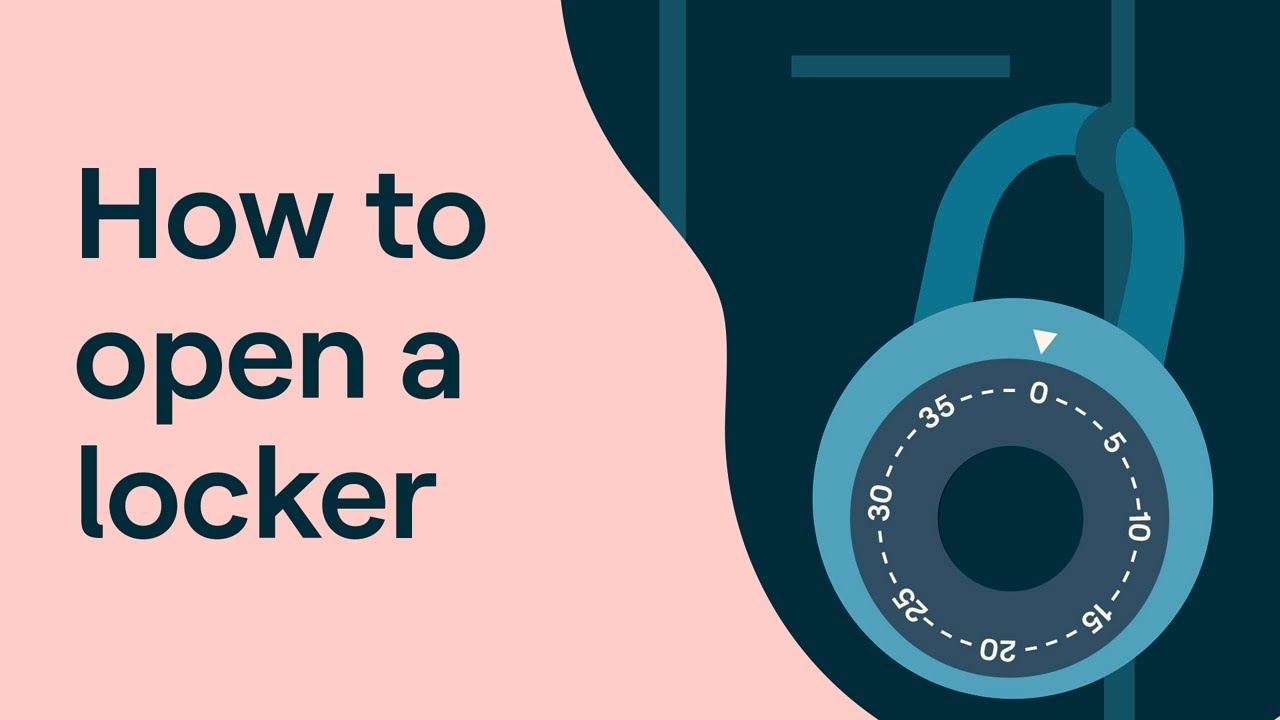How Online Identity Verification Eliminates Financial Crime
Posted: 11-07-2022

For any ethical business to sustain itself in a highly competitive market, the prevention of financial crimes such as data breaches, bribery, or money laundering is of uttermost importance. Accurately identifying, tracing, and blocking the flow of money from such illegal activities is critical for disrupting the criminals involved. This is why online identity verification is placed at the center of finding a solution.
Rising Identity Fraud
The most commonly occurring kind of identity fraud is Synthetic identity fraud. To combat this type of fraud, organizations are in dire need of hiring third-party digital ID authentication providers in today’s digital-first world.”
This problem continues to rise as the global pandemic has changed the way we transact. Many financial companies are now witnessing online transactions in huge numbers. Combined with the government initiatives that focus on providing funds to citizens in need - such as unemployment insurance disbursements – the digital payment space in 2021 is ripe for identity thieves to wreak havoc.
Financial institutions from traditional banks to government agencies previously relied on manual methods of identity verification. Customer data was obtained in person, by individuals visiting a physical branch to provide Personally Identifiable Information (PII) that was stored manually by employees.
Here are two intriguing statistics that signify why this method is now insufficient:
- In 2020, US consumers were found to have lost approximately USD 145 million to frauds related to COVID-19
- While companies are confident in their ability to prevent fraud, 57% of them have experienced increasing losses to fraud year on year. Often, this came about as a result of weak ID verification systems within firms.
What is Online Identity Verification?
Most of the frauds and financial crimes that take place online come about as a result of unauthorized access to sensitive data. Whether it is the company’s database or an online customer account, the crime originates when an unauthorized individual becomes part of the system. Identity verification is an all-in-one solution that allows firms to keep online financial crimes miles away.
Digital ID verification ensures both data security and enhanced customer experience. By verifying the legitimate customers during the initial onboarding process, businesses are able to include only authentic traffic into their systems while filtering out imposters and cybercriminals.
Additionally, customer verification is also a global regulatory requirement for numerous business sectors to deter the risks associated with financial crimes such as corruption, bribery, identity theft, money laundering, and terrorist financing.
How Does it Work?
ID authentication is completed in three simple steps:
1. Data Collection
In this step, the customer’s personal data is collected. Examples of information collected include their full name, residential address, date of birth, etc. This information is obtained at the time of account opening or registration.
2. Picture Upload
To establish proof of identity, the customer is asked to upload an image of them holding their official ID document. Valid ID documents can include a government-issued ID card, passport, driver’s license, utility bill, rent agreement, tax bill, etc.
3. Information Verification
Once the confidential customer information and the ID document are uploaded, data is extracted in an automated process using OCR (Optical Character Recognition) technology. In this step, the document’s crumpled edges, type, format, and style are also verified to check the authenticity of the document. In the event the information provided by the customer matches the information extracted, the user is identified within seconds.
Types of Fraud
To understand the significance of online identity verification, it is good to be aware of the types of financial crimes that are mitigated through their efficient use.
1. Identity Theft
Criminals are known to use numerous sophisticated techniques to steal an online user’s identity information. This often leads to credential stuffing, in which countless login attempts are made using stolen data from data breaches, to access one account after another. Sensitive information collected is also used to carry out various other malicious acts through online platforms. Using a robust digital ID verification measure such as biometric verification of facial features or iris patterns, unauthorized entities can be easily weeded out. In this case, only the customers that prove their identity through their unique facial traits can access an account.
2. Credit Card Fraud
In this type of fraud, criminals are found to be using fake or stolen credit cards to carry out transactions such as purchasing goods or transferring illegal funds. At times, a customer’s identity information is stolen through planned data breaches, and then the information is used to receive a new credit card from a bank in someone else’s name. Online identity verification can be used to verify the cardholder against the credit card.
3. Account Takeover
In an account takeover fraud, a criminal first gains access to a customer’s account and then modifies the personal information provided to carry out fraudulent activities in their name. Once this is done, the account can no longer be used by the legitimate customer. To tackle account takeovers, it is the responsibility of the financial institution’s online platform to safeguard the user information using advanced mechanisms such as online identity verification prior to allowing customers into the system. This way, customers can be ensured that their data is well-protected and no financial crime is being facilitated through their information.





